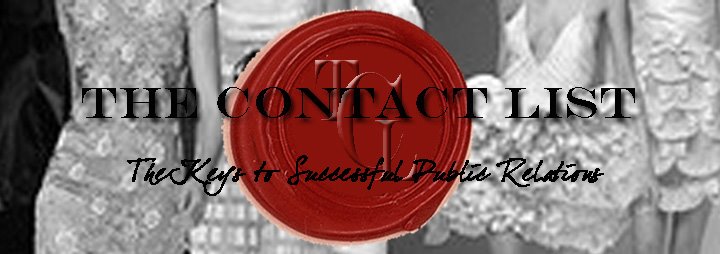A look book is a catalog designed to show your product, its fit and feel, and to reinforce your brand image. Look books should be straightforward and should show your product on a model so that editors and customers can see the proportion of the product and how it fits.
Here are examples of successful look book images:

What is a line sheet?
A line sheet is a document that details your line for prospective buyers. It should contain the following:
• Sketches or clear photos of the styles included in your collection. Most line sheets use sketches or computer generated graphics. Show both the back and front of the garment, especially if there are important details on the back.
• Style numbers
• Wholesale prices and suggested retail prices
• Color and fabric information. Include color swatches so that there is no confusion about what the color looks like.
• Season in which the collection is being sold (for instance, Fall 2009)
• Delivery dates and order cut off dates. Show the earliest delivery on page one and the latest on the final page.
• Order minimums (i.e. 4 pcs per style; $250 per order)
• Company, PR and sales rep contact information
• Page Numbers
Here's an example of a successful line sheet:

Look books and line sheets are important image building tools for your business and should be distributed to editors as well as potential wholesale customers.
Look books and line sheets must always have page numbers and style numbers. When editors contact you to request a look or style, it is important that they are able to identify them easily. Describing a piece is much more difficult than saying “the look on page 4.”
Send out look books and line sheets seasonally. Remember that magazines work at least 3 months out, so send Fall line sheets in March and Spring line sheets in October whenever possible.
To create a mailing list of editors, stylists and costume designers, visit www.thecontactlistonline.com. Subscribers may build their own lists of updated contact information and print mailing labels directly from the site. So easy!



